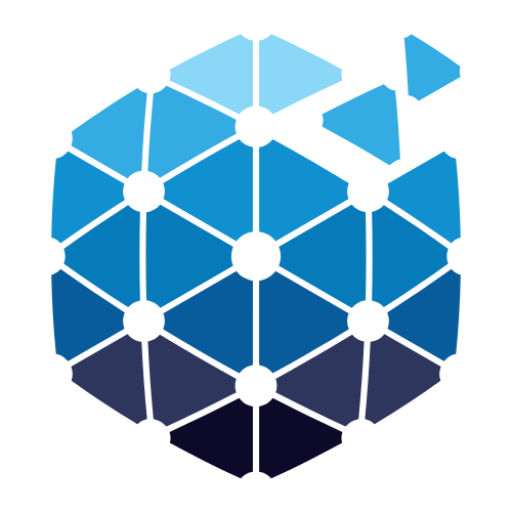Flutter vs MERN Stack
Flutter vs. MERN Stack
Flutter vs. MERN Stack: A Comprehensive Analysis for Web and Mobile Development
Introduction
In the dynamic landscape of web and mobile development, the choice of a technology stack plays a pivotal role in the success of a project. Two contenders that often find themselves in the spotlight are Flutter and the MERN stack (MongoDB, Express.js, React.js, and Node.js). This article aims to provide a detailed analysis of both technologies, helping developers and businesses make an informed decision based on their specific needs.
Understanding Flutter
What is Flutter?
Flutter is an open-source UI software development toolkit created by Google. It is designed to build natively compiled applications for mobile, web, and desktop from a single codebase. Flutter uses the Dart programming language and provides a rich set of pre-designed widgets for building interactive user interfaces.
Advantages of Flutter
Single Codebase: Flutter’s most significant advantage is the ability to write code once and deploy it across multiple platforms, including iOS, Android, web, and desktop.
Hot Reload: The Hot Reload feature in Flutter allows developers to see the results of their code changes in real-time, speeding up the development process.
Rich Set of Widgets: Flutter provides a comprehensive set of customizable widgets, allowing developers to create visually appealing and responsive interfaces.
Performance: Flutter compiles to native code, resulting in high-performance applications with smooth animations and a native look and feel.
Understanding the MERN Stack
What is the MERN Stack?
The MERN stack comprises MongoDB, Express.js, React.js, and Node.js – a combination of technologies for building robust web applications. MongoDB is a NoSQL database, Express.js handles server-side logic, React.js manages the front-end, and Node.js facilitates server-side execution of JavaScript.
Advantages of the MERN Stack
Full JavaScript Stack: The MERN stack uses JavaScript across the entire development stack, making it a seamless choice for developers to work on both front-end and back-end development.
Scalability: Each component of the MERN stack is designed for scalability, making it suitable for handling large and complex applications.
Community Support: The MERN stack enjoys widespread community support, resulting in an abundance of resources, tutorials, and third-party libraries.
SEO-Friendly: The MERN stack’s architecture, particularly with React.js and server-side rendering, contributes to SEO-friendly applications.
Comparative Analysis
1. Development Speed
Flutter: The Hot Reload feature in Flutter significantly speeds up the development process, allowing developers to see changes in real-time.
MERN Stack: While the MERN stack offers a smooth development process, it may require additional configurations for real-time updates comparable to Flutter’s Hot Reload.
2. Code Reusability
Flutter: Flutter excels in code reusability, enabling developers to use a single codebase for multiple platforms, reducing development time and effort.
MERN Stack: While the MERN stack allows for the reuse of some code (particularly on the server side), it may involve additional considerations for cross-platform compatibility.
3. Community and Ecosystem
Flutter: Flutter has a growing community and a rich ecosystem of plugins and packages, although it may not be as extensive as some other frameworks.
MERN Stack: The MERN stack benefits from a mature and extensive ecosystem with a large and active community, providing ample resources and support.
4. Performance
Flutter: Compiling to native code gives Flutter a performance edge, resulting in smooth animations and a native user experience.
MERN Stack: The MERN stack’s performance is commendable, but it may require optimization in certain scenarios, especially when handling extensive server-side operations.
Conclusion: Making the Right Choice
In the debate of Flutter vs. MERN stack, the ideal choice depends on the specific requirements of the project.
Choose Flutter if:
- Cross-platform development is a priority.
- Real-time updates and Hot Reload are crucial for the development process.
- A rich set of pre-designed widgets is desired for building a visually appealing interface.
Choose MERN Stack if:
- Full-stack JavaScript development is preferred.
- The project primarily involves web development.
- A mature and extensive ecosystem with robust community support is a priority.
SEO Optimization for Visibility
To enhance the visibility of your web content, consider the following SEO strategies:
Keyword Optimization: Integrate relevant keywords such as “Flutter vs. MERN stack,” “cross-platform development,” and “full-stack JavaScript” naturally within the content.
Heading Structure: Utilize proper heading tags (H1, H2, H3, etc.) to organize content hierarchically, incorporating target keywords where appropriate.
Quality Content: Craft engaging and informative content that provides value to readers, encouraging longer dwell times and reducing bounce rates.
Backlinks: Seek opportunities to build high-quality backlinks from reputable sources within the development community.
Social Media Sharing: Share the article on relevant social media platforms to increase its reach and engagement.
By implementing these SEO strategies, your content is more likely to rank higher on Google and other search engines, reaching a broader audience in the developer community.
Make an Informed Decision
In the ever-evolving realm of technology, the choice between Flutter and the MERN stack depends on project-specific requirements. Evaluate the unique advantages of each technology, consider the specific needs of your development project, and make an informed decision that aligns with your goals and objectives. Happy coding!


